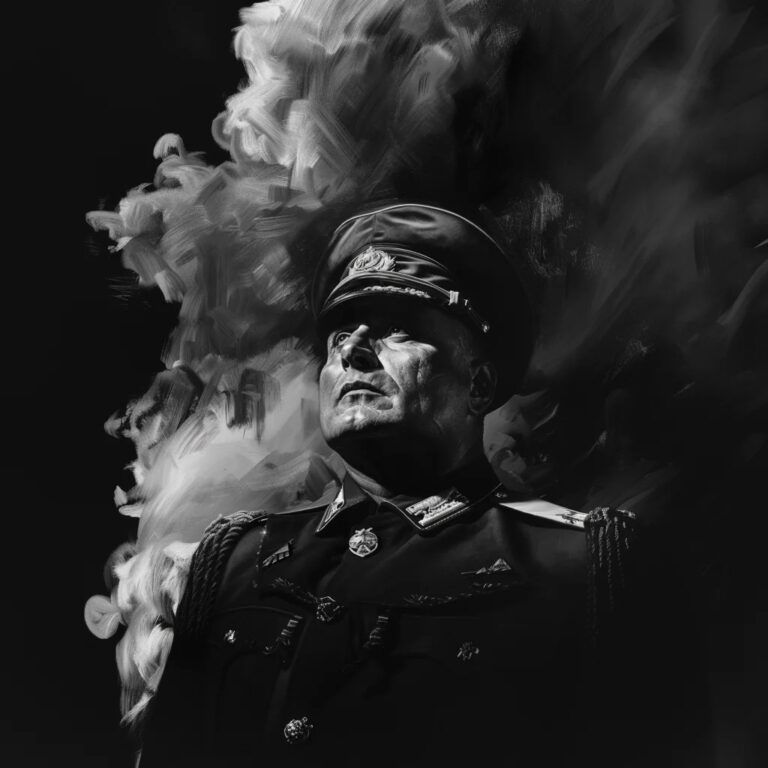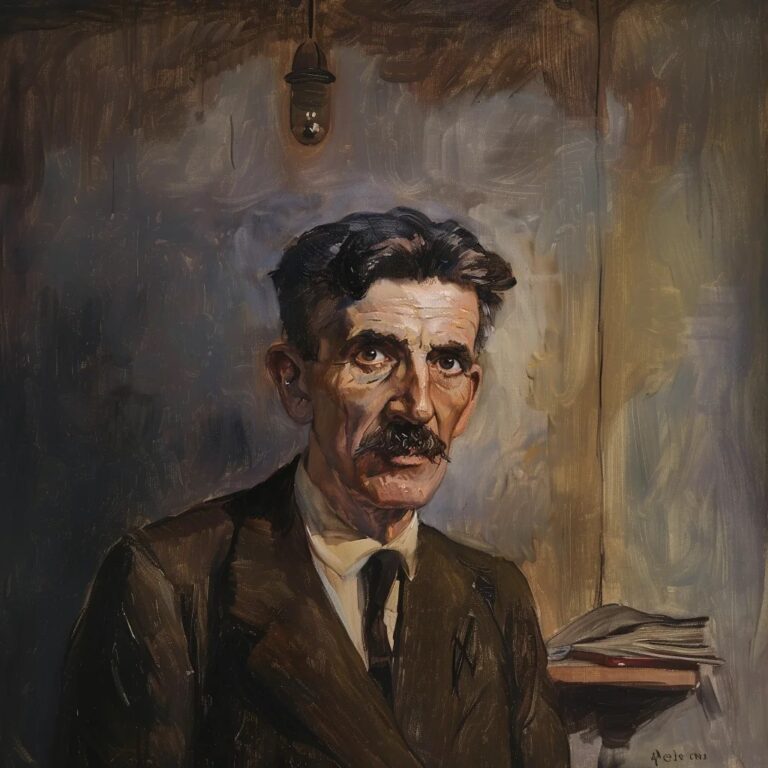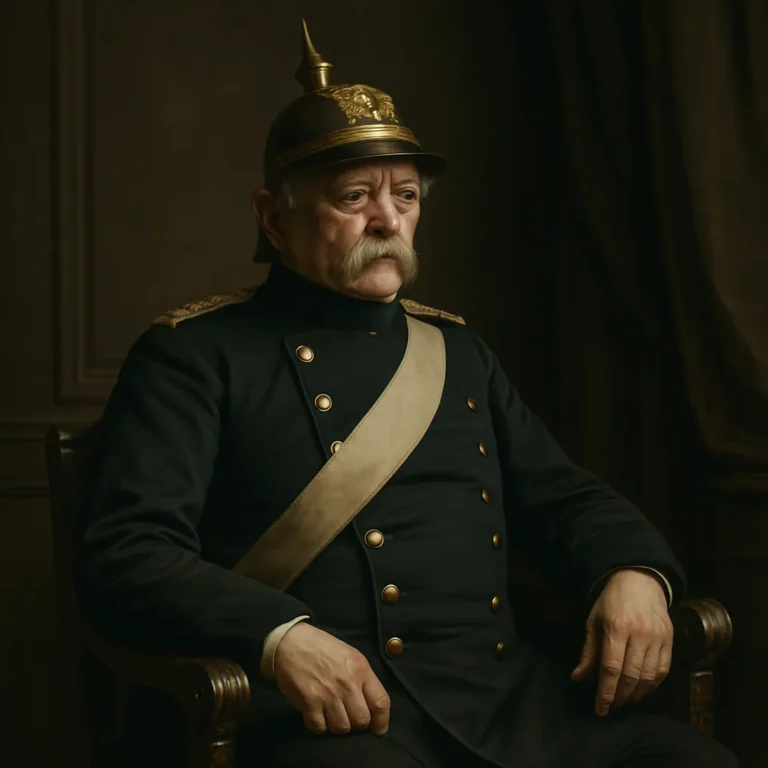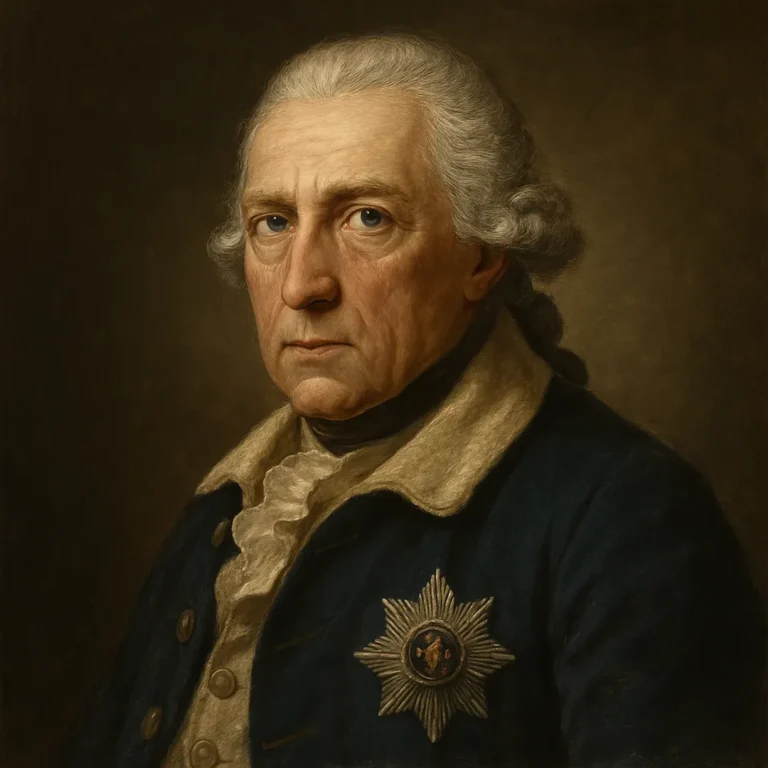Mussolini was born on July 29, 1883, in Predappio, Italy.
He was originally a socialist before founding the Fascist Party in 1919.
Mussolini became Prime Minister of Italy in 1922 after the March on Rome.
He was known as 'Il Duce,' which means 'The Leader' in Italian.
Mussolini implemented policies to centralize power and create a totalitarian state.
He established the Corporate State, where industries and workers were organized into syndicates.
Mussolini invaded Ethiopia in 1935, leading to international condemnation.
He formed the Rome-Berlin Axis with Adolf Hitler in 1936.
Mussolini's regime was known for its aggressive propaganda and control of the media.
He was ousted from power in 1943 and later executed by Italian partisans in 1945.
Mussolini had a complex relationship with the Catholic Church, signing the Lateran Treaty in 1929.
He was a prolific writer and journalist before his political career.
Mussolini sought to revive the glory of the Roman Empire through his policies.
His body was displayed publicly in Milan after his execution.
Mussolini's legacy remains controversial, with ongoing debates about his impact on Italy and the world.



